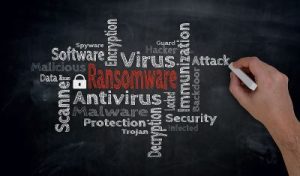
Beyond its use for cryptocurrency, Blockchain is proving to be a valuable technology to help modernize government service delivery. The key quality of blockchain is its ability to record transactions immutably. Managing transactions is a key function of state and local governments, and as such, they are looking for ways to incorporate blockchain as part of their digital modernization processes.
The decentralization of blockchain provides a level of transparency and accountability not typically associated with government. It can give citizens more control over their data and let them more easily check the status of requests they've made of their state and local governments. Continue reading








